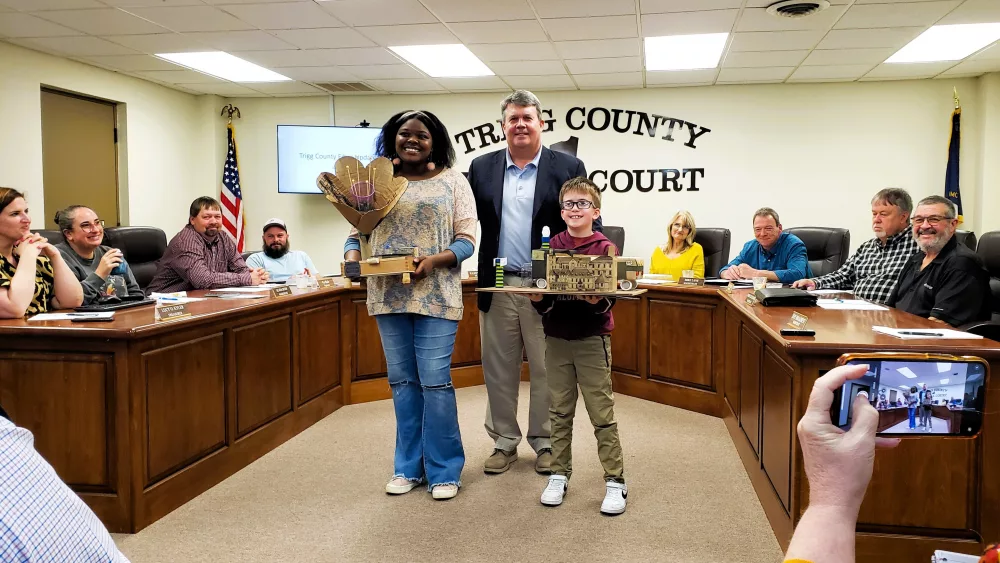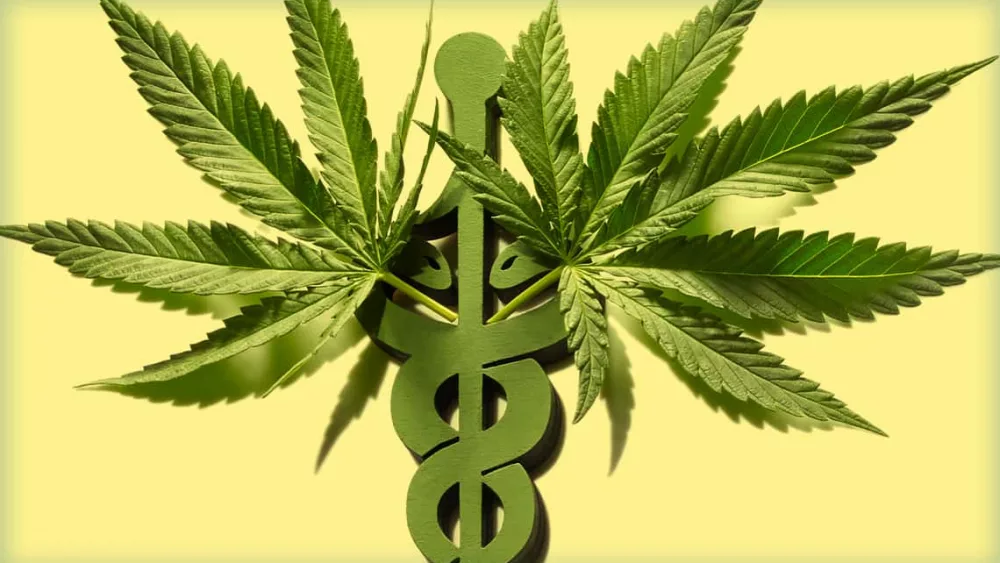The poinsettia was named for Joel Robert Poinsett, an amateur botanist and the first United States ambassador to Mexico. He became fascinated with these native plants and sent poinsettias home to Greenville, S. C. in 1825. Although Poinsett later was war secretary under President Martin Van Buren, he is better known for the plant named after him.
The Aztecs cultivated poinsettias for medicinal purposes and as a dye. Missionaries to Mexico used the brightly colored plants in nativity processions, possibly beginning the holiday connection that continues today.
Poinsettias are the most popular potted plant grown in the United States, with annual sales exceeding 35 million plants. Approximately 600,000 plants are grown in Kentucky annually.
The three to six bloom red poinsettia is the most frequently used, but several other sizes, shapes, and colors are available. Colors range from creamy white to yellow through shades of pink to the traditional red. The colorful plant parts often referred to as “flowers” are modified leaves called “bracts.” The yellow centers are really the “flowers.” Some poinsettias have marbled pink and white bracts; others may have pink flecks on red. Poinsettia bracts are very long-lasting, providing a nice decorative plant for the holiday season. Consumers can buy miniatures as well as poinsettia trees and hanging baskets.
The poinsettia is not poisonous to people or pets but is classified as a non-edible plant material. Extensive university research and laboratory testing have proven that poinsettias are not poisonous. One scientific study concluded that no toxicity occurred at ingestion levels much higher than those likely to take place in a home. The main information resource for most poison control centers states that a 50-pound child would have to ingest more than 500 poinsettia leaves to surpass an experimental dose.
Some people have skin sensitivity to the white milky sap produced when a part of the plant is broken or injured. Ingesting a plant part may cause some discomfort. Active young children, who are apt to put just about anything in their mouths, and curious cats, might choke on fibrous poinsettia foliage. Therefore, it is a good practice to put poinsettias and all other non-edible plants out of children and pets’ reach.
Poinsettias will remain beautiful far beyond the holiday season when cared for properly. Keep these tips in mind:
- Choose a plant with small, tightly clustered yellow buds in the center and crisp, bright, undamaged foliage.
- At home, put the poinsettia in a room with bright, natural light. Ideally, plant foliage should be exposed to direct sunlight one or more hours daily.
- Avoid locations where there are drafts and close heat sources.
- Water the plant when the soil becomes dry; drooping leaves may indicate it needs watering. Be sure to discard excess water in the drip saucer.
- If you want to keep a poinsettia after the holiday season, fertilize it with ordinary houseplant fertilizer a few weeks after buying it.






